Embarking on a new dietary journey often brings excitement—and questions about how to make it sustainable. The GAPS diet, celebrated for its therapeutic approach to gut health, offers a transformative path toward wellness. Yet, like any specialized nutrition plan, it can sometimes challenge your budget and grocery strategies. In this article, we’ll explore practical ways to navigate the costs of the GAPS diet, helping you balance your health goals with mindful spending. Whether you’re a newcomer or a seasoned follower, understanding how to budget effectively can make all the difference in turning this vibrant lifestyle into a lasting reality.
Table of Contents
- Understanding the Core Principles of the GAPS Diet and Its Cost Implications
- Planning Meals That Maximize Nutrition Without Breaking the Bank
- Smart Shopping Strategies for Sourcing GAPS-Friendly Ingredients
- Balancing Homemade Staples and Convenience Foods for Budget Efficiency
- Tracking Expenses and Adjusting Your Budget for Long-Term Success
- Q&A
- The Conclusion

Understanding the Core Principles of the GAPS Diet and Its Cost Implications
The GAPS Diet, rooted in the principles of healing the gut lining and restoring digestive health, focuses heavily on nutrient-dense, easily digestible foods. These core tenets emphasize the elimination of processed foods, sugars, and grains, replacing them with homemade broths, fermented vegetables, and healthy fats. Such a shift not only supports intestinal repair and microbiome balance but also demands mindful meal preparation and ingredient sourcing. Understanding these dietary restrictions and the emphasis on whole, organic produce is crucial for anticipating the overall budgetary impact of following GAPS. It’s a lifestyle change that requires forethought—not just for health benefits but for financial planning as well.
- High-quality fats and oils: Butter, coconut oil, and olive oil tend to be pricier but essential for healing and energy.
- Homemade stocks and broths: Slow-cooked from bones, they require time and bulk purchases but are cost-effective and nutrient-rich.
- Fermented foods: Homemade sauerkraut or kefir can reduce costs compared to store-bought, but initial equipment and time investment are needed.
- Organic produce: Crucial to avoid pesticides but can increase grocery bills significantly.
When planning your budget, it helps to break down expenses into categories and set weekly spending limits. Here’s a simplified overview:
| Category | Estimated Weekly Cost | Tips to Save |
|---|---|---|
| Organic Vegetables & Fruits | $30 – $50 | Buy seasonal, shop farmers’ markets |
| Meats & Bone Broths | $40 – $60 | Buy in bulk, freeze portions |
| Fermented Foods & Supplements | $10 – $20 | Homemade preparation |
| Fats & Oils | $15 – $25 | Purchase high-quality in larger sizes |
Balancing nutritional needs with cost requires flexibility and planning. By investing time into meal prep and embracing batch cooking, one can make the GAPS diet both effective and financially sustainable.

Planning Meals That Maximize Nutrition Without Breaking the Bank
Incorporating nutrient-dense ingredients without overspending is achievable by focusing on whole foods that offer multiple health benefits. Lean proteins such as chicken thighs and eggs, alongside seasonal vegetables, provide a rich source of vitamins and minerals essential for the GAPS diet. Planning meals around these staples not only ensures balanced nutrition but also helps in creating versatile dishes that can be prepared in bulk, saving both time and money. Consider utilizing bone broth made from leftover bones, which is a cost-effective powerhouse of gut-healing properties and adds depth to soups and stews.
Smart shopping strategies radically change the budgeting landscape for the GAPS diet. Prioritize buying in bulk when possible, especially for staples like fermented vegetables, nuts, and coconut oil, which have longer shelf lives. Supporting local farmers’ markets can yield fresher, often more affordable produce and meat options. Below is a quick reference table demonstrating potential savings by comparing prices of common GAPS ingredients when purchased in bulk versus individually:
| Ingredient | Individual Purchase | Bulk Purchase | Estimated Savings |
|---|---|---|---|
| Grass-fed Beef (per lb) | $12.99 | $9.50 | ~27% |
| Coconut Oil (per jar) | $8.00 | $6.00 | ~25% |
| Fermented Vegetables (per jar) | $7.50 | $5.50 | ~27% |
- Tip: Freeze portions of bulk purchases to prevent waste and maintain freshness.
- Tip: Rotate high-cost items with budget-friendly, nutrient-dense options such as eggs and seasonal greens.

Smart Shopping Strategies for Sourcing GAPS-Friendly Ingredients
When sourcing ingredients suitable for GAPS, it’s essential to approach shopping with both mindfulness and thrift. Start by prioritizing seasonal produce which not only aligns with the diet’s principles but also tends to be more affordable and fresher. Visit farmers’ markets late in the day when vendors often discount their goods, or consider joining a local CSA (Community Supported Agriculture) program to get organic, GAPS-friendly vegetables and meats at a reduced cost. Don’t overlook the power of buying in bulk—items like gelatin, nuts, and bone broth ingredients can be stored long-term and save you significant money over time.
Creating a well-organized shopping list segmented by the store or market section can eliminate impulse buys and ensure you stay focused on necessary items. Swap out expensive specialty products by opting for homemade versions—for instance, ferment your own sauerkraut or kefir to avoid premium markups. Below is a simple cost comparison chart to help you visualize savings when choosing in-season and bulk options:
| Ingredient | Store-Bought Price | Bulk/Seasonal Price | Annual Savings |
|---|---|---|---|
| Bone Broth Powder (100g) | $15 | $10 (bulk) | $60 |
| Kale (per lb) | $5 | $2.50 (seasonal) | $30 |
| Raw Honey (16 oz) | $12 | $9 (local farm) | $36 |
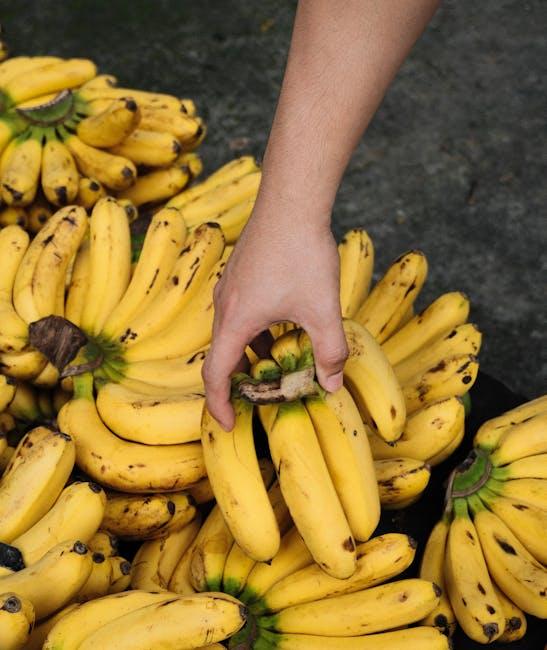
Balancing Homemade Staples and Convenience Foods for Budget Efficiency
When following the GAPS diet, finding the sweet spot between homemade staples and convenience foods can greatly enhance your budget efficiency. Preparing staples like bone broth, homemade fermented veggies, and fresh soups allows you to maximize nutrient density while controlling ingredient costs. These foundational foods not only provide the nourishment crucial to the diet but also reduce reliance on pricier pre-packaged options. Embracing batch cooking and preserving homemade staples helps stretch your grocery dollars further, delivering health benefits and savings in one go.
However, convenience foods have their place, especially when time and availability present challenges. Smart selection of these items can save money without sacrificing diet fidelity. Consider priority categories where convenience foods make sense:
- Grass-fed or wild-caught meats when purchasing in bulk isn’t feasible.
- Fermented products like sauerkraut or kefir that require long preparation.
- Organic dried herbs and spices for flavor without the cost of fresh every time.
| Food Type | Homemade Cost | Convenience Cost | Budget Tip |
|---|---|---|---|
| Bone Broth | Low | Medium | Batch cook and freeze in portions |
| Fermented Veggies | Medium | High | Ferment in small batches |
| Grass-fed Meat | High (bulk purchase) | High (single purchase) | Buy in bulk and freeze |
| Dried Herbs | Low | Low | Buy in bulk from bulk bins |

Tracking Expenses and Adjusting Your Budget for Long-Term Success
Successfully navigating the financial maze of the GAPS Diet requires diligent documentation of every penny spent. Begin by setting up a dedicated expense tracker—this could be a simple spreadsheet or one of the many budgeting apps tailored for nutrition-focused plans. Record each purchase meticulously, from specialty fermented foods to organic produce, ensuring that no small item slips under the radar. Regularly reviewing these records not only reveals spending patterns but also highlights opportunities to optimize. For instance, identifying stores that offer discounts on raw nuts or homemade bone broth supplies can significantly reduce costs over time.
Adjusting your budget is an ongoing process that calls for flexibility and mindfulness. Treat your initial budget as a living document that evolves with your experience on the diet. Consider the following strategies to keep expenses aligned with your goals:
- Seasonal Shopping: Prioritize produce and ingredients in season to lower costs.
- Batch Preparation: Prepare meals in bulk to save time and resources.
- Community Sharing: Connect with GAPS groups to exchange homemade foods or buy ingredients in bulk.
| Expense Category | Typical Monthly Cost | Adjustment Tips |
|---|---|---|
| Organic Vegetables | $150 | Buy local, seasonal, or frozen options |
| Fermented Foods | $50 | Make your own at home |
| Bone Broth Ingredients | $40 | Buy in bulk or split costs with friends |
Q&A
Q&A: Budgeting for the GAPS Diet
Q1: What is the GAPS diet, and why might budgeting for it be different from other diets?
A1: The GAPS (Gut and Psychology Syndrome) diet focuses on healing the gut through specific foods, often emphasizing homemade, nutrient-dense meals with fresh, organic ingredients. Because it limits processed foods and encourages whole foods like bone broths and fermented vegetables, budgeting can be unique since these ingredients might be pricier or require more time and effort than conventional diet staples.
Q2: How can I plan my grocery budget when starting the GAPS diet?
A2: Start by listing staple foods required on the GAPS diet—meats, fish, eggs, fresh vegetables, and probiotic-rich items. Prioritize seasonal produce, buy in bulk when possible, and consider freezing portions to reduce waste. Planning meals ahead and sticking to a shopping list helps avoid impulse buys and keeps your budget in check.
Q3: Are there affordable substitutions for expensive GAPS-friendly ingredients?
A3: Absolutely! For example, instead of buying organic fish every week, rotate with more affordable protein sources like pasture-raised eggs or chicken thighs. Swap out pricey nuts for seeds like sunflower or pumpkin seeds. Homemade bone broth, though time-intensive, is much cheaper than store-bought versions and can be made in large batches.
Q4: How can meal prepping help with budget management on the GAPS diet?
A4: Meal prepping can save both time and money. Preparing large batches of soups, stews, and bone broths means less need for expensive convenience foods. It also minimizes food spoilage and reduces dining out, which can be expensive and counterproductive on a strict diet regimen.
Q5: Is it possible to follow the GAPS diet on a tight budget?
A5: Yes, with smart planning and prioritization. Focus on nutrient-density and simplicity—fresh, local vegetables, inexpensive cuts of meat, and homemade fermented foods. Start slowly, integrating GAPS principles gradually, which helps spread out costs and reduce overwhelm.
Q6: What role does time play in budgeting for the GAPS diet?
A6: Time is a valuable currency here. Many GAPS-friendly meals require longer preparation, like making fermented foods or slow-cooked broths. Investing time can translate into financial savings—homemade versions are typically cheaper than store-bought and allow customized ingredient control.
Q7: How can I track my spending to stay within my budget on the GAPS diet?
A7: Keep a food diary or spreadsheet dedicated to GAPS groceries and meal prep expenses. Apps designed for budgeting can help monitor recurring purchases and identify areas for cost-cutting. Reflecting regularly on spending habits prevents budget creep and keeps your diet sustainable.
Q8: Where can I find resources or community tips for budget-friendly GAPS dieting?
A8: Online forums, social media groups, and blogs dedicated to GAPS diet enthusiasts often share budget hacks, recipes, and shopping tips. Connecting with a community offers both inspiration and practical ideas to maintain the diet affordably.
Q9: Does the GAPS diet require expensive supplements that affect the budget?
A9: While the diet emphasizes food-based healing, some practitioners recommend supplements like probiotics or cod liver oil. These can add to costs, but many finds beneficial nutrients directly from fermented foods and certain whole foods, reducing dependence on supplements.
Q10: What is the biggest budgeting mistake to avoid when starting the GAPS diet?
A10: Overcommitting to buying every specialty item at once without planning meals or a shopping strategy. This can lead to wasted food and overspending. Starting small, focusing on basics, and building your pantry over time ensures financial and nutritional sustainability.
The Conclusion
Embarking on the GAPS diet journey doesn’t have to drain your wallet. With mindful planning, smart shopping, and a bit of culinary creativity, nourishing your body can align beautifully with your budget. Remember, the true wealth of this diet lies not just in the ingredients you invest in, but in the healing and vitality you cultivate along the way. As you close this chapter on budgeting, may your kitchen become a space of both mindful nourishment and mindful spending—proving that health and economy can coexist harmoniously.









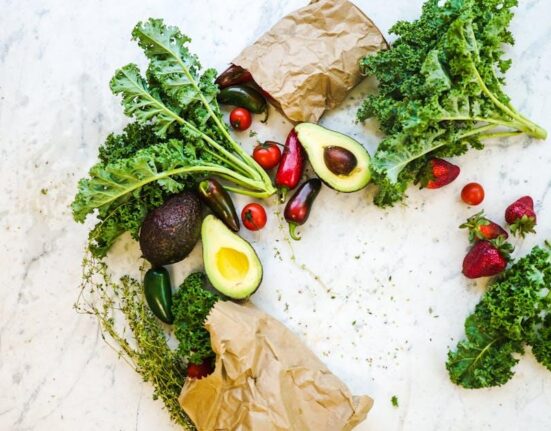
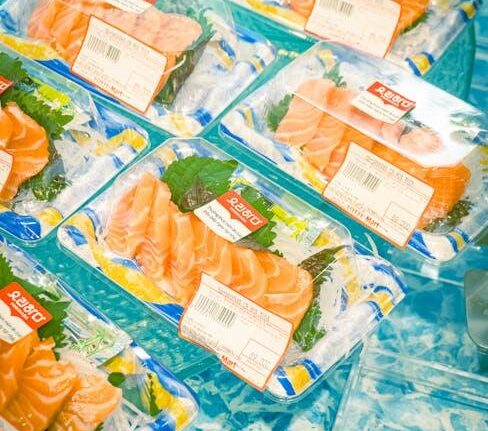
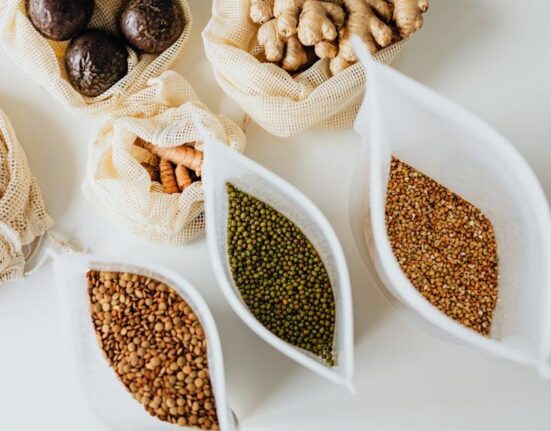

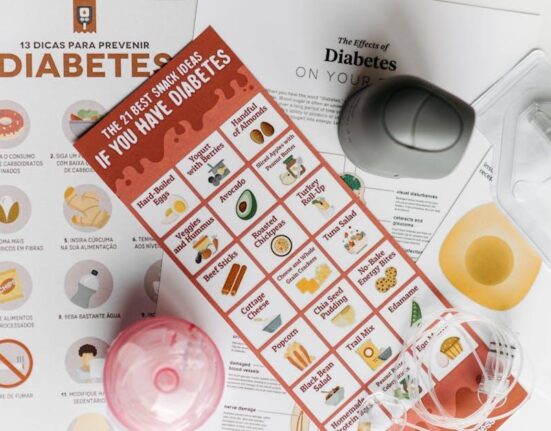
Leave feedback about this